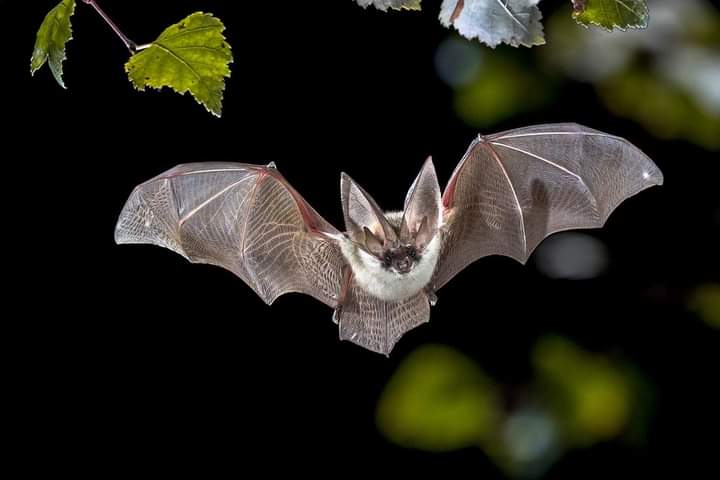
The world’s largest fruit bat colony is found in Kasanka, Zambia.
Some extra facts about African Bats:
— Bats do not fly into your hair or attack humans in any way.
— Bats are recent animals, they first appeared only 50 million years ago.
— They overheat when flying in the sun.
— Due to the previous reason they prefer to fly at night, but this is also to avoid the competition from birds.
— Their knees bend in the opposite way to ours.
— There are two groups of bats: the insect-eating bats, which have tiny eyes and mainly use echolocation to fly around, and the tropical fruit bats, or flying foxes or mega bats)
— Bats are successful mammals — out of all the mammals in the world bats make up 20%.
— If bats fly near you, or between a group/as, do not worry, they ignore you and only eating the insects near you — especially mosquitoes.
— Some people recognise how important insect-eating bats are and many are clever enough to make ‘bat houses’ in or near their homes as they eat many insects bothering you.
— There are some animals that only eat flying insects, but none eat as many as insect-eating bats — without them around, insects would get out of control.
— If it were not for fruit bats, many of the tropical forests we love looking at, or walking through, would not be there without them dispersing seeds.
— Bats are one of the most important animals to the ecosystems of the world.
Africa’s largest bats are found in Central and West Africa. The hammerkop, or hammerhead bats. These large fruit bats do not attack humans and the males can be twice the size of females — Males have wingspans up to 90.1 cm (2.96 ft), and all individuals have forearm lengths exceeding 112 mm (4.4 in).
- Classified as ‘least concern’.
African Bats are not birds
Bats are unique creatures among wildlife specimens, but some people see them as birds while others know that they are of a higher class, and interestingly, belongs to the same class as humans — Mammals. They get pregnant and give birth to their young ones alive and also breastfeed same. They posses fur on their skin like the rats and some have facial resemblances and features like dogs.
Morphologically, bats are differentiated by their feeding habits and this is usually seen in the ranges of their sizes. For instance, bats that feed on fruits (frugivorous) are mostly (almost all) bigger than those that feed on insects (insectivorous). Again, the ears of insect-bats are bigger to act like radars, biologically designed as an adaptation to listen to the sounds of insects. A very few (none in Africa) feed on blood while some species feed on other bats and vertebrates alike.
Ecologically, African bats like birds, are important dispersers of seeds which results in fruit
We will sometimes wonder how do African bats urinate? It cannot be a pleasant experience and imagine the urine running over their faces. Poor bats.
However, Nature is always amazing and always pulls through.
They will reach up and hook onto the branch with their second finger so that their head is raised and therefore, the urine will miss their face. A few bats, however, will urinate just hanging as they usually do. Some believe this may be a way of ridding parasites. They are not stinky because the rain soon cleans their fur.

